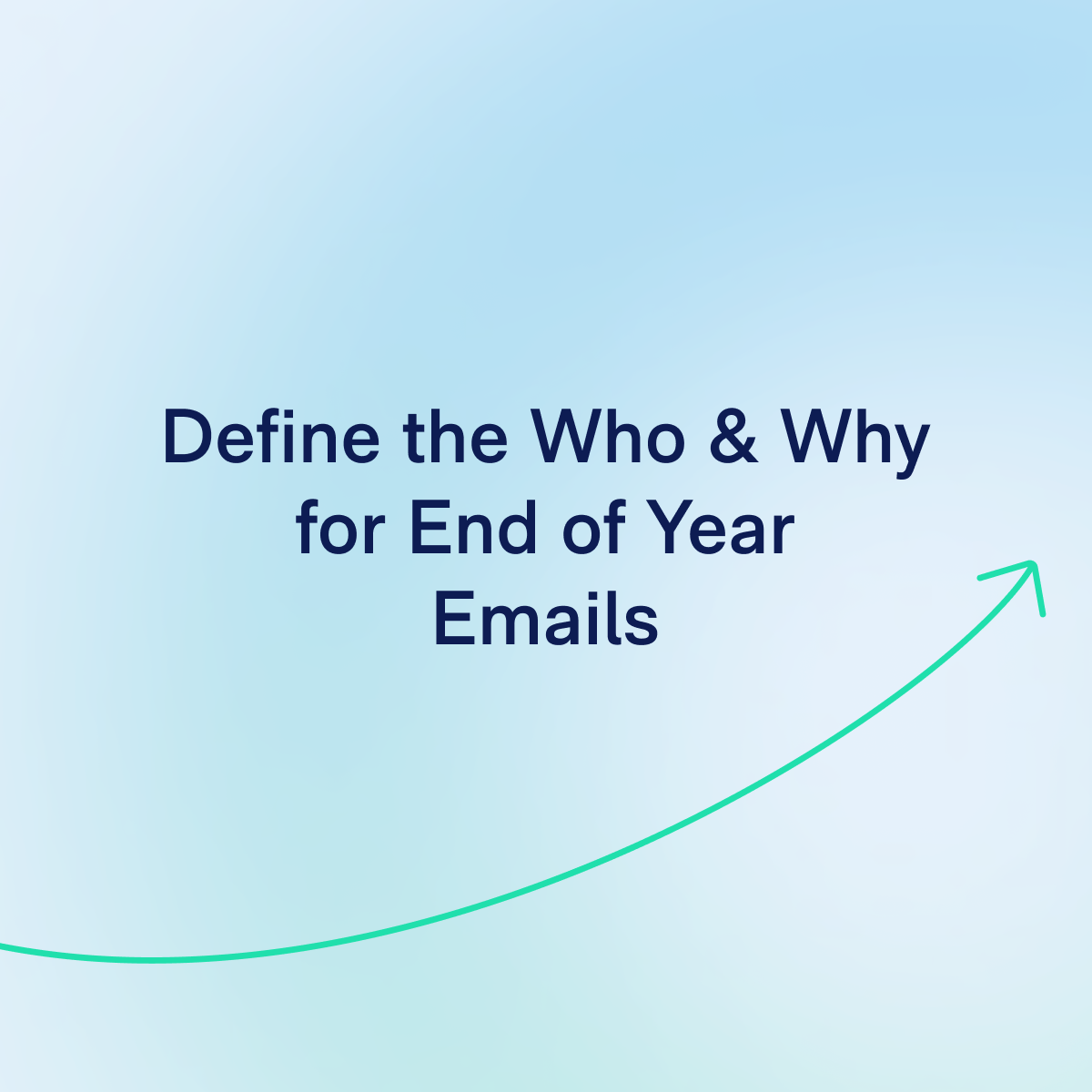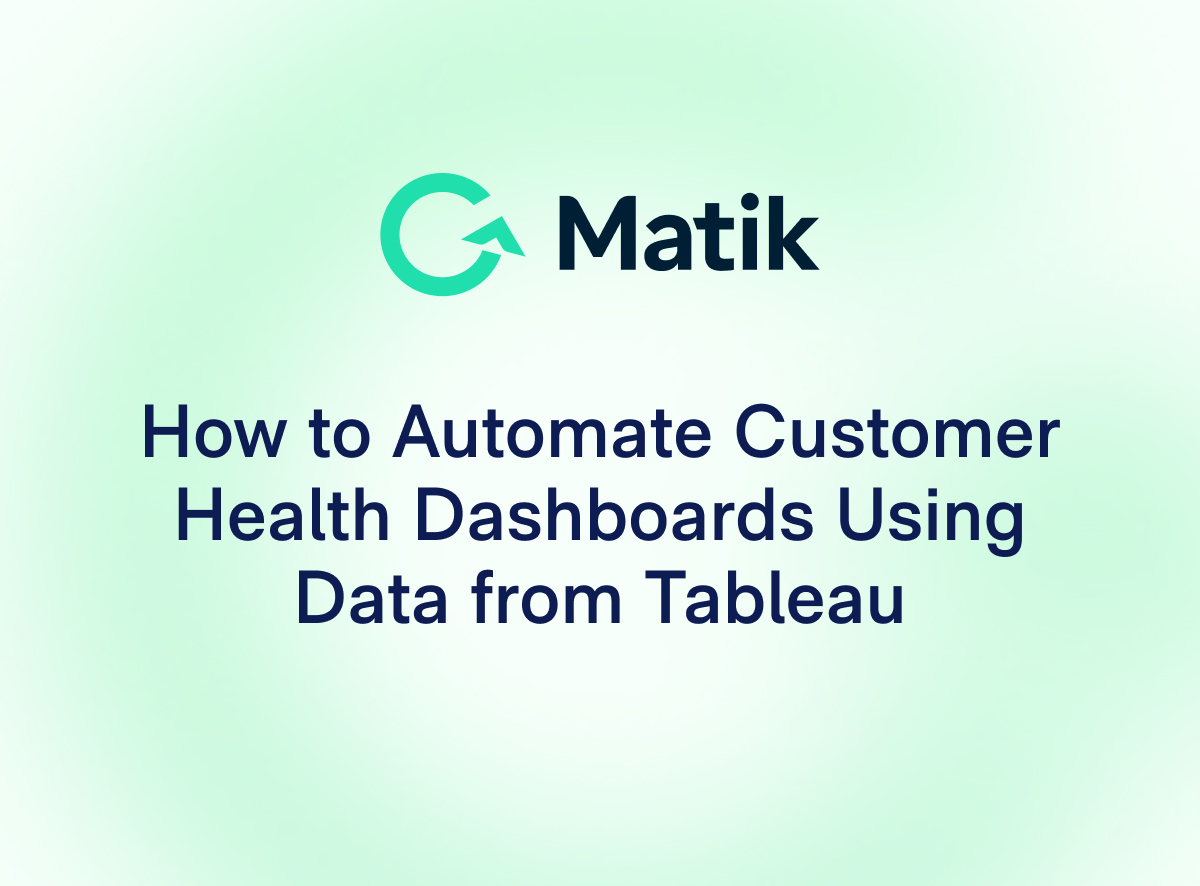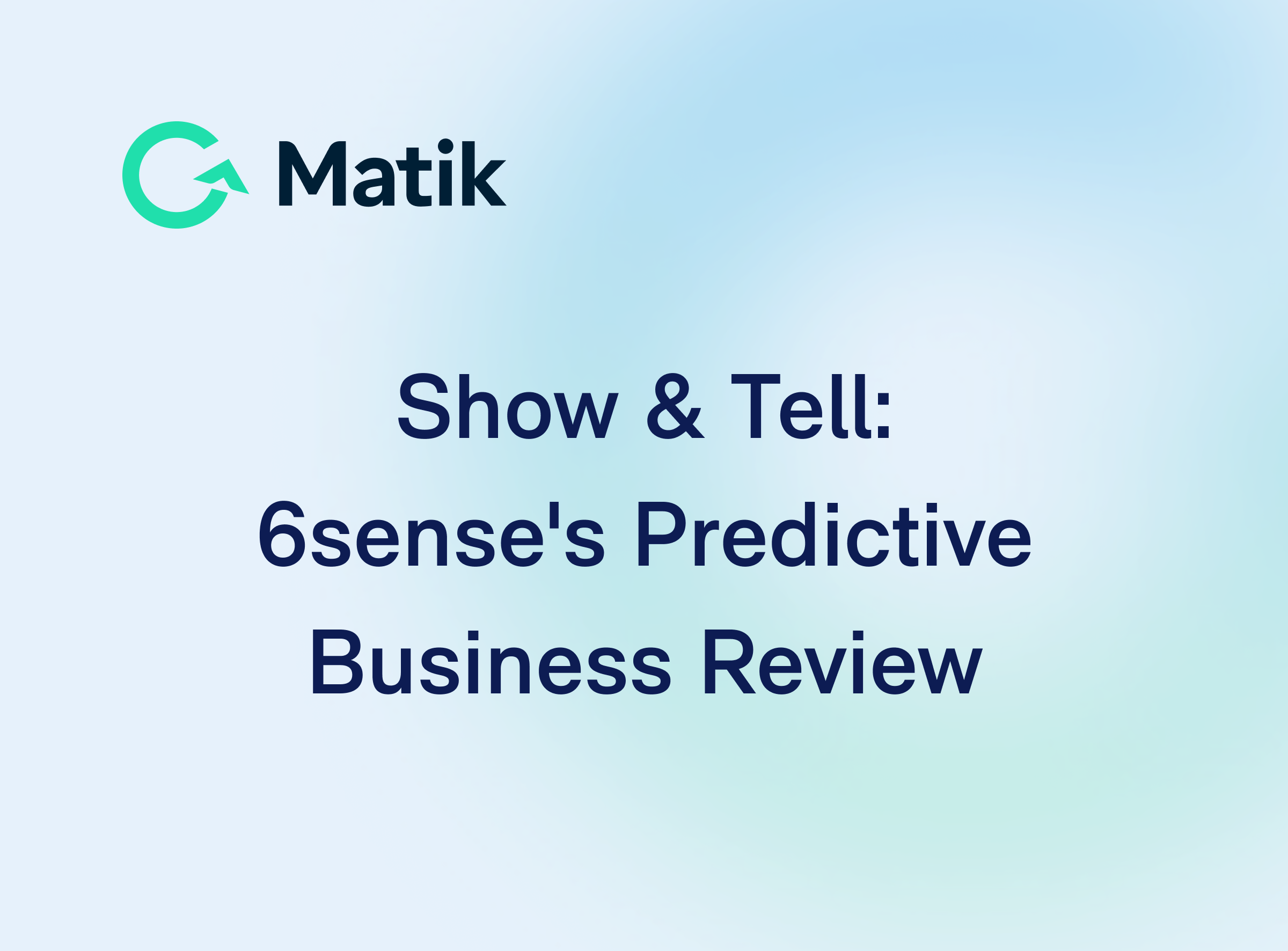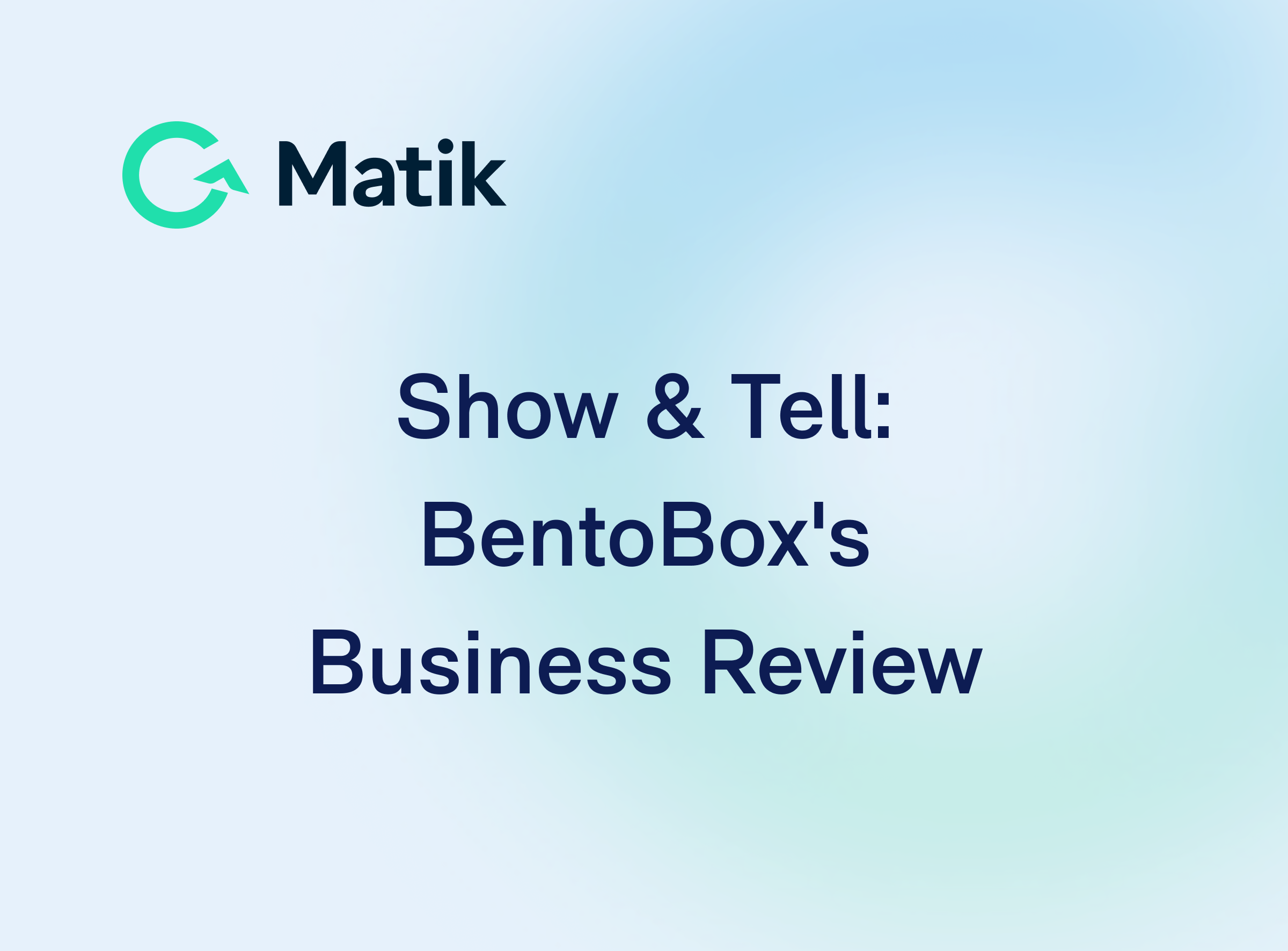Join Our Newsletter
The first step in creating an end of year email is to define the who & why. Doing so will help you get alignment on why it’s worthwhile to run this campaign & get you to access to the resources you will need for the campaign.
To define the who & why, you will need to:
- Identify who to send to
- Figure out the why for them
- Define sucess
- Get buy in
All good emails (and content) start with the customer in mind. It’s easy to fall into the trap of thinking this email is for your company. But the goal here is to make sure that the customer is getting value from it (which isn’t at odds with your company getting value from sending it).
Identify who to send to
As you’re thinking through this, you’ll want to consider the various segments.
Woah, segments - doesn’t that go against hyper-personalization?? Only if you stop there. Think of segments as the first step to hyper-personalization. By defining the segments, you’ll have an initial idea of how the emails may vary.
Potential segmentation:
- Product lines used by customer
- Company size
- Company industry
- Geography
- Business model
- Team
- Role
- Use case
Figure out the why for them
This step will help you clearly define the value of the email to the customer. For each segment, answer these two questions:
- What do you want them to take away from the email?
- What you want them to do after seeing the email?
Define success
Defining success will help you identify your north star for this email campaign, and give you a structure for making decisions. And there’s a lot of decisions that will need to be made. Make sure to think both tactical and strategic.
Tactical
These are metrics that are around general email performance. They’re important to keep an eye on to understand if the email “worked.”
Open rate: The percentage of recipients who opened the email out of total recipients.
Click through rate: The percentage of recipients who click on a link in the email out of total recipients who opened the email.
Unsubscribe rate: The percentage of recipients who opt-out from receiving further emails from you out of total recipients.
Bounce rate: The percentage of emails in your recipient list that didn’t receive your email because it was returned by a recipient mail server.
Spam complaint rate: The percentage of recipients who reported your email as space out of total recipients.
Strategic
These are the metrics that will help you get buy-in company-wide to do this email, and ultimately help you decide if you should do it again next year. An end of year email requires a lot of lift from a different departments, so make sure you’re always coming back to what will move the needle for the company. Example metrics include:
Product usage: The number of recipients who increased usage of the product (can also be segmented by those who used a feature for the first time, general usage increase, or even users who started using the product in general, or began using it again).
Renewal rate: The percentage of accounts who went on to renew.
Expansion rate: The percentage of accounts who went on to expand through upsell or cross-sell.
NRR: The percentage of revenue retained from existing customers over a specific period of time, typically a year.
Get buy-in
End of year emails are notorious for requiring a lot of help from many departments.
So how do you get buy-in? By leveraging the success metrics and providing an estimated impact, you’ll be able to inform prioritization and how much resources to lend to the email. Specifically, you’ll want to lean on the strategic metrics (because no one cares about how many people opened an email).
End of year emails have the added benefit of providing a fun, rallying point for a company. So for those who haven’t yet run a hyper-personalized campaign like this before, it can be a great starting point.
Who you'll need buy-in from:
- Customer success: Help determine segmentation and recommended next steps
- Marketing: Help inform email strategy and content
- Design: Help make the email easy to understand visually and eye-catching
- Revenue operations or marketing operations: Help implement personalization and bringing the data into the email
- Data analytics: Help figure out what data should be used in the email
--
Get the playbook on creating an end of year email, with step-by-step breakdown.
---
See Matik in Action—Request a Demo














